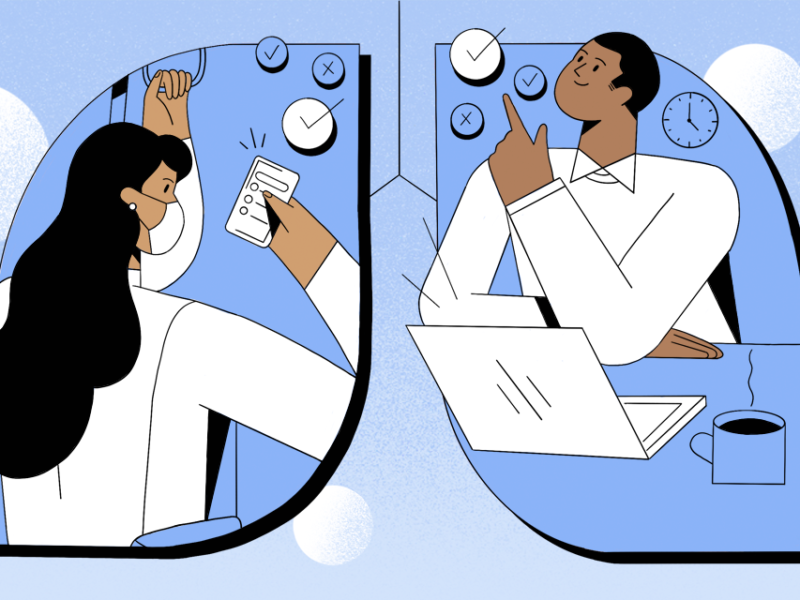Doctor, Meet Resistance
The origins of Resistance Open finds its roots in clinical care. As a physician practicing within the realm of infectious disease and internal medicine, Dr. Derek MacFadden has worked with patients with severe infections. One of his patients presented with an infection that could not be treated with any of the antibiotics readily available, despite trying some of the most potent drugs currently in existence. With no other option, the unresponsiveness of the infection forced the medical team to try untested courses and treatment methods. The overall encounter left him feeling helpless.
In April 2014, the World Health Organization (WHO) released a global report, highlighting the increase in worldwide antibiotic resistance and warning the public of a ‘post-antibiotic era’ [1]. The WHO report gathered data from 129 member states, only to find that antimicrobial resistance existed in every region of the globe. A year prior, the Centers for Disease Control (CDC) published a similar report regarding antibiotic resistance in the United States [2]. It is estimated that there are approximately two million illnesses and 23,000 deaths caused by antibiotic resistant bacteria or fungi, in the United States every year [2]. Both reports highlight the threat that antibiotic resistance carries – that resistance is happening, that it is widespread, and that the resistance extends to include ‘last resort’ antibiotics [1].
Over the last twenty years, the rate of resistance infections have skyrocketed from 10 to 15% in the 1990’s to 60% today [4]. Pharmaceutical companies are also not investing in the development of antibiotics, with only 11 new antibiotics introduced between 1998 and 2014 and the last class of antibiotics was approved in 1987 – yes, that’s twenty-eight years ago [4].
Dr. MacFadden describes his initial experience with antibiotic resistance as an epiphany of a ‘post-antibiotic era’ – that the rise of antimicrobial resistance could potentially set medical intervention and treatment for the most common illnesses and minor injuries back to the early 1900’s. The other realization was that the population – from physicians to the agricultural industry – was further intensifying antimicrobial resistance, from injecting antibiotics into food animals, to prescribing antibiotics recklessly. The lack of antibiotic stewardship was creating the very problem that he and his patients were fighting. The thought of a ‘post-antibiotic era’ was frightening for Dr. MacFadden and it would be the catalyst that set the Resistance Open project into motion.
Hello, Resistance Open
As Dr. MacFadden delved into research on resistance, he also realized that an aggregating surveillance system for antimicrobial resistance did not yet exist – at least not globally. “There are small national efforts and small-scale international efforts for a functioning surveillance system – for example, EURASNET, in Europe – but in a lot of areas in the world, including North America, we have a very poor understanding of how much resistance there is, where the resistance is, and how much disease it’s causing. It’s exceptionally poor,” he pauses, “We know just enough to know that it is going to be a big problem.”
So, he began thinking of ways to fill in the gaps – in open data, he found his answer.
“What was important to me was understanding regional patterns – not just how much aggregate resistance exists in a country, but what are the differences in local areas and hospitals?” There, he found his opportunity. “Most hospitals and laboratories in community health networks keep track of resistance using a standardized index – most commonly, in antibiograms – and many hospitals make this publicly available over the internet.”
Resistance Open forms a “patch-work quilt,” as he calls it, of publicly available antibiotic resistance data. Dr. MacFadden believes that the traditional approach, in terms of “getting single-level isolates” and data across large areas – especially on a global scale – would be both slow and challenging to do. “It’s not that it shouldn’t be done,” he says, “and there are efforts underway to do just that, but I think that there’s a lot of useful information already available that we can put together, so we can start to get a better understanding of antibiotic resistance.”
An online-accessible platform (http://healthmap.org/resistanceopen), Resistance Open uses non-traditional techniques to acquire and display antimicrobial resistance data – mostly antibiograms – on the regional and country-level. While the majority of the website currently consists of antibiograms from the United States and Canada, MacFadden and his team are diligently working to include data gathered from abroad, starting with Europe. Additionally, Resistance Open utilizes HealthMap’s aggregate news tool, which flags and displays antimicrobial resistance-related news articles on the platform’s main page – which could help to raise the public’s awareness regarding antimicrobial resistance.
“I feel like antimicrobial resistance should be treated with the same urgency that other communicable diseases are met with and I believe it has to start with transparency and awareness. Resistance Open provides the public with both,” he says.
While the project hasn’t come without challenges – standardization of antibiograms varies – it is a step in the right direction and MacFadden hopes this will not only raise awareness about the seriousness of antimicrobial resistance, but engage and empower the public to act as well.
Resistance Open allows healthcare facilities and workers to contribute their own antimicrobial resistance information to the database,. In ‘open’ fashion — it allows anyone to view detailed data visualizations.
Yet, the underlying truth is this — antimicrobial resistance is here and the decision to act now is in our hands. Do we choose to sit idly by or will we finally take up the fight together? The clock is ticking and only time will tell.
—
Sources
[1] http://www.who.int/mediacentre/news/releases/2014/amr-report/en/
[2] http://www.cdc.gov/drugresistance/threat-report-2013/
[3] Personal Interview. Dr. Derek MacFadden. Nov 10, 2015.
[4] http://cddep.org/blog/posts/recent_fda_antibiotic_approvals_good_news_and_bad_news
